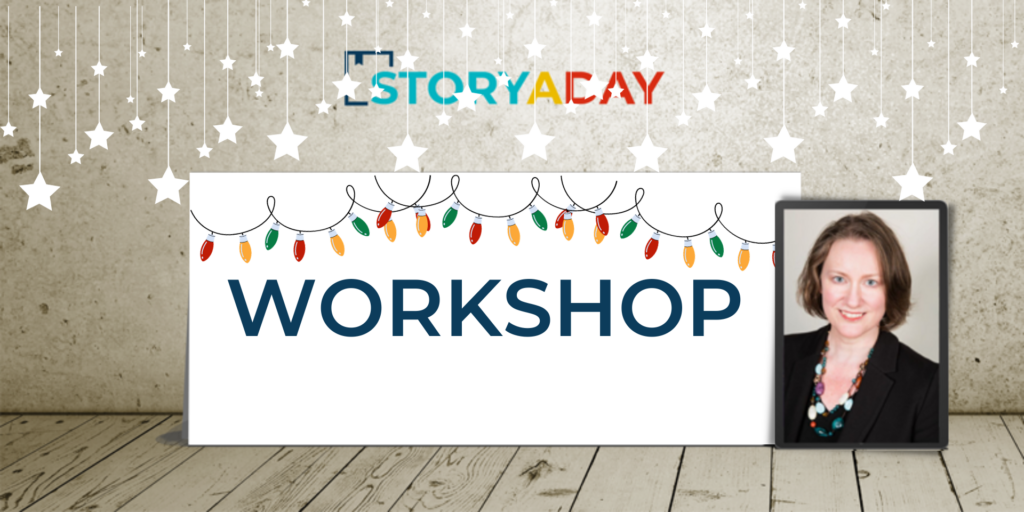During the busy holiday season (when did October-Jan become ‘the holiday season?!) we’re all overwhelmed with inboxes full of holiday greetings, people trying to sell us things, and the inevitable (endless) invitations to social events. (or a feeling of nostalgia for the days when we used to get more invitations…).
This is just a quick love-note from me to encourage you, in case you’re feeling like you’ll never have time to write on your work-in-progress again.
This is actually a great time for writers:
- All those people getting together and interacting in ways they wouldn’t on a normal day? Fuel for your next crowd scene!
- All those smells and tastes and sights that only come around once a year? Grab a notebook and capture the exact words that you can use later to recreate a similar scene in your fictional world (a quick trip to the bathroom can be your friend, here!)
- All the feelings inside you, as you wait anxiously or excitedly for your celebration to begin? Pinpoint where they are happening in your body and how they manifest. Write them down and give them to a character (a great way to go beyond ‘she gasped’ and ‘his eyes widened’!)
Grab your notebook. Stay hydrated. Take breaks (get outside if you can) and try to remember: it’s all material!
Keep writing,
Julie
P. S. I often run a tiny, 5-Day Challenge at this time of year. Are you signed up?






